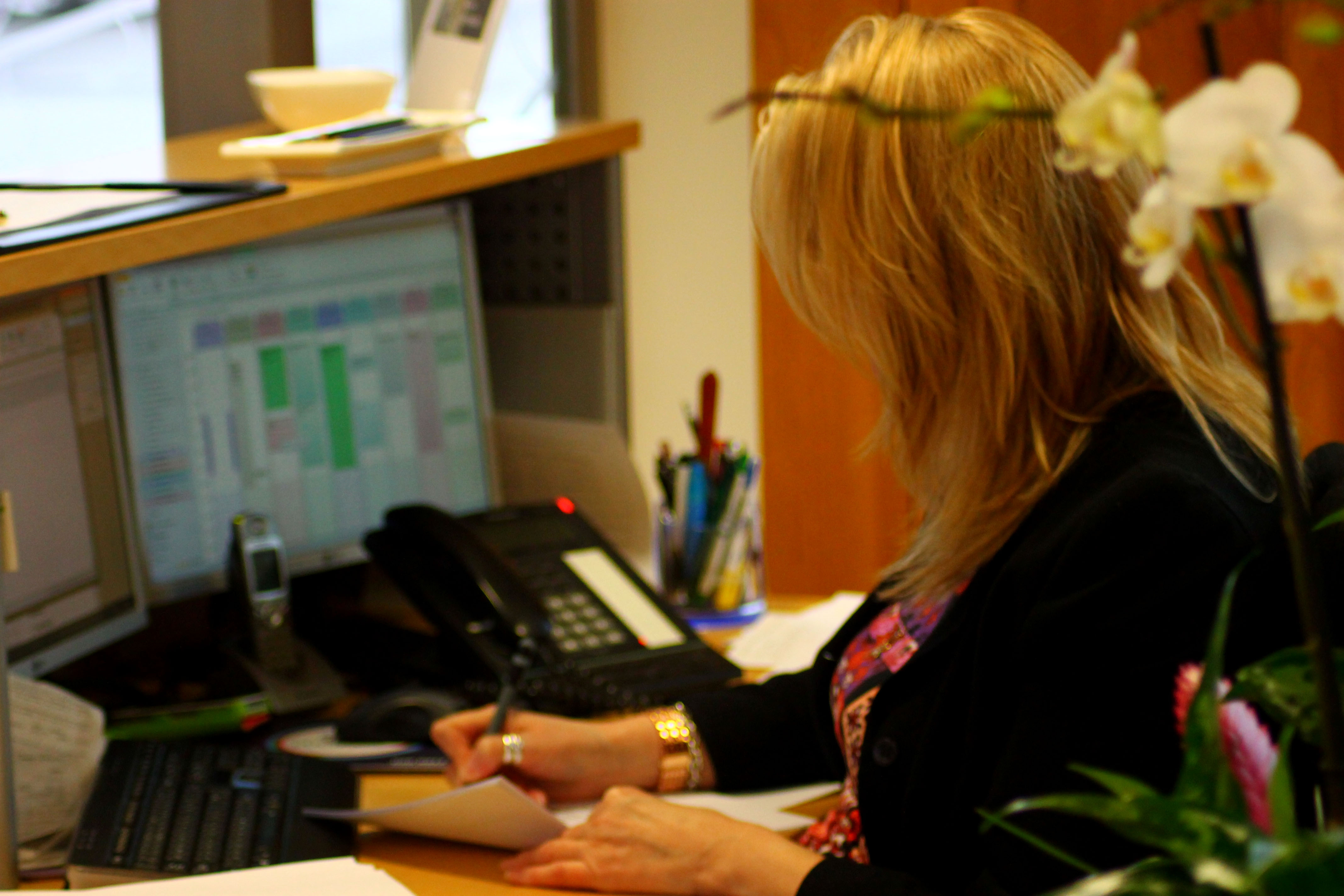
With huge jumps in telecommunications and the arrival of cloud computing, flexible and remote working is not just achievable but is deemed by many as being more productive.
As Ray Lindenberg, workspace industry historian and consultant points out, with such a vast array of office options available, professionals can settle in a workplace that caters for their lifestyle-driven needs. Hot desks and co-working spaces are two modern alternatives that provide for the flexible demands of the contemporary working environment. And some of the options available are amazing spaces to work. What exactly are these types of working and what are their differences?
The demand for flexible working initiatives
Since the economic downturn in Britain home-working practices and flexible working initiatives have been gathering pace. In fact in the 2012 a report published by HR outservicing services provider ADP, found that 34% of employees in the UK worked in a “non-traditional setting – either from home or in multiple or remote locations.” The same report highlighted the desire for flexibility as well, with 70% of UK workers yearning some element of flexibility in their working pattern.
Do both co-working spaces and hot desks meet the flexible working space conditions modern workers demand?
What is a co-working space?
Co-working spaces offer remote homeworkers office facilities. Why would you need office space when working at home, you might ask? Freelancing can be a lonely, isolated option, leading many home workers to crave office interaction. Co-working spaces are essentially shared workspaces, which are used collaboratively by a loose collection of independent workers and small businesses. It gives you the advantages of an office while enabling you to operate alone. In providing freelancers and small businesses with the buzz of the office and banter in the coffee room, co-working spaces are a popular option.
The popularity of this alternative working setting is highlighted in DeskMag's annual 'Global Coworking Survey'. According to the survey the number of co-working locations has grown by 83% worldwide over the past year (2013), and the number of users by 117%.
What is hot desking?
Like the co-working space, the hot desk model is a work space sharing system. In some hot desk spaces, workers will bring their own laptops and notebooks, some may have desktops to work from. Lockers and facilities are available in most.
It is important to note that there is nothing entirely new with the hot desking model. The term is believed to have been derived from the naval practice of hot racking, in which sailors on different shifts would share the same bunks. Hot desking was deployed by some companies in the late 80s and early 90s. However, it was not until communications and virtual technology improved, alongside an increasingly mobile workforce that the hot desk working really took off.
From an employer's perspective, hot desk workspaces can be attractive as it can significantly reduce overhead expenses. However, with employees sharing communal workstations and desks, the model only really works when used in companies when staff are not always in work at the same time.

The similarities and differences between hot desk and co-working environments
Lower cost and contract commitments
Both hot desk and co-working spaces are similar in terms of providing immediate access to the open work environment. Both offer a lower cost solution to 'conventional' office spaces. More often than not, contracts are shorter and therefore less commitment is required.
However whereas hot desk spaces are typically found in a business centre and designated to a particular team with a series of workstations, co-working spaces are designed specifically as a freelance or private business facility.
A co-working workspace can fundamentally characterised by a higher amount of user interaction than hot desking. As Ray Lindenberg writes on the Business Leader Post, co-working members are both encouraged and supported to socialise, brainstorm and network with other members of the facility. There is a strong emphasis on a casual, community environment. This diverges from the more reserved and less collaborative environment of hot desk spaces at business centres.
Despite the differences, more and more business centres are integrating more cooperative and social co-working space models as a defined area within their facilities. As a consequence of the hybridisation of the workspace environment there is increased opacity in what providers are offering.
Without schedules, colleague inspiration, office banter or communal coffees, working by yourself can tough. Co-working spaces can provide both the motivation and inspiration many freelancers strive. Both co-working and hot desk spaces provide an immediate open work environment at a lower cost and without the loss in proffessionalism. Both models offer workers a more nomadic lifestyle and a way to connect with clients and business partners on a global scale. It is perhaps having the freedom to set your own working schedule which has bred the popularity of these alternative 21st century working environments.
Carrwood Park provide first class co-working in Leeds. Professional environment with excellent facilites. If you would like to know more please do not hesitate contact me, Heather on 0113 384 4480.
What's your opinion on hot desk and co-working spaces? Do you have experience with working in either of these environments? We'd love to know your thoughts.

